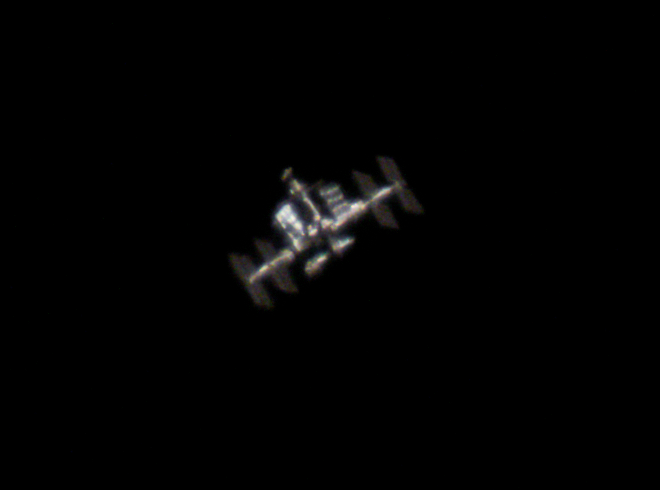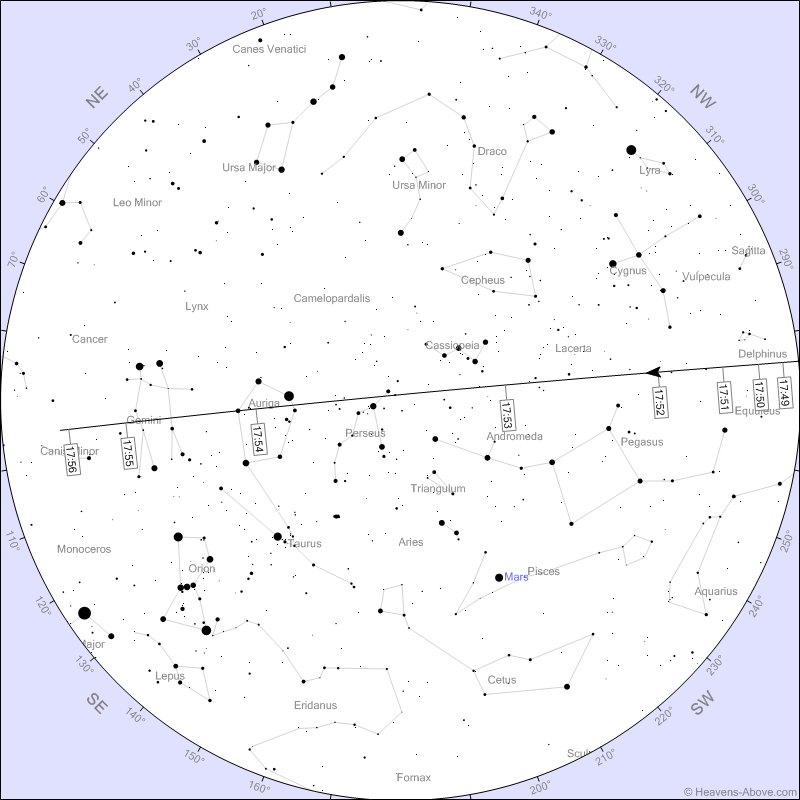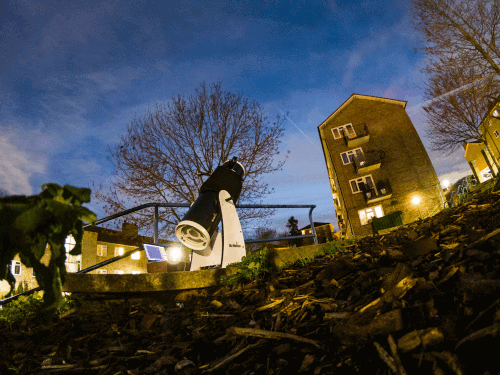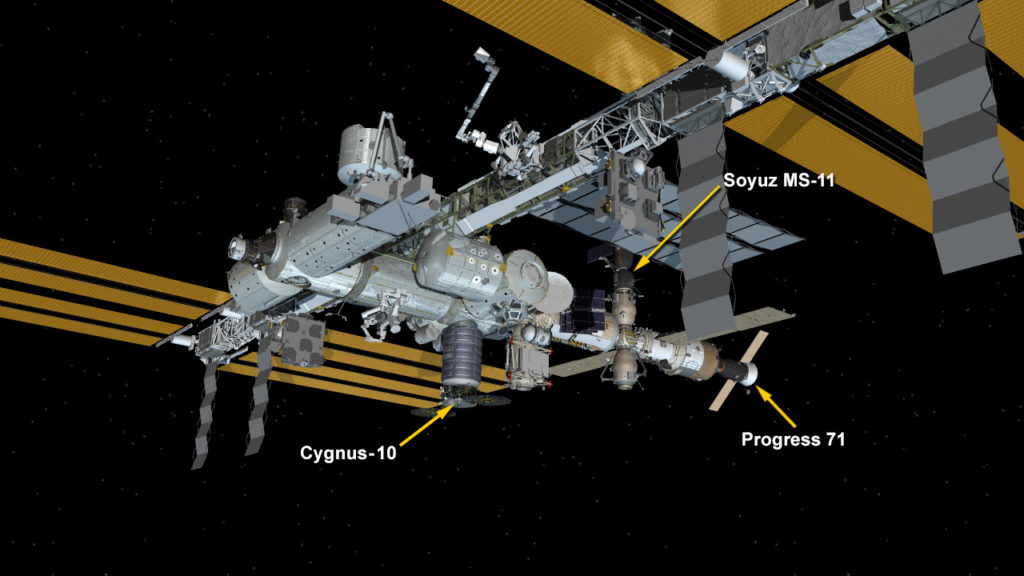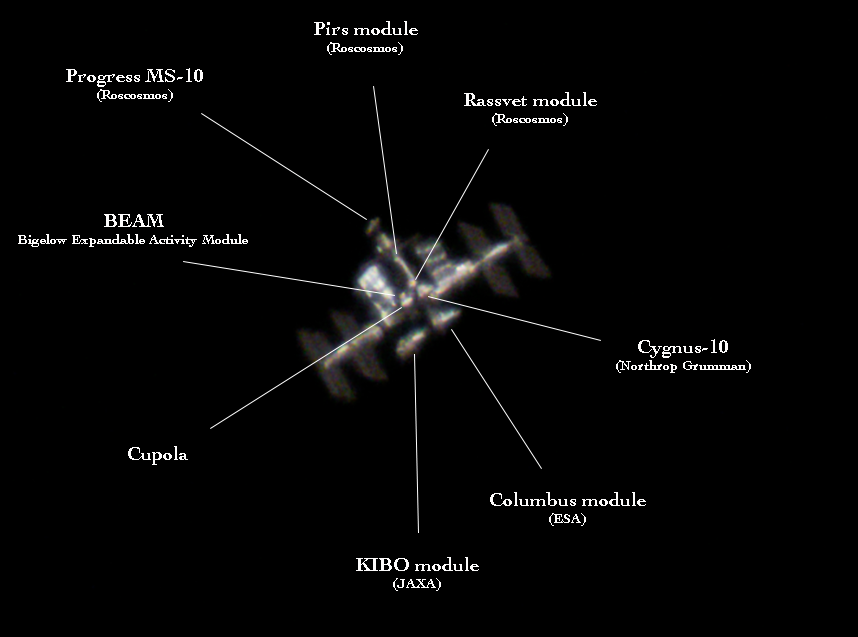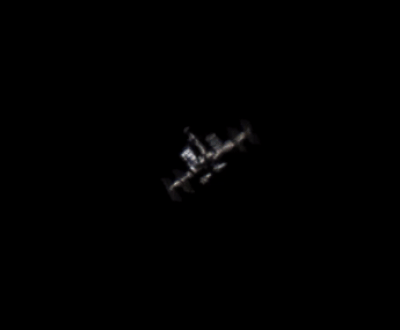ISS – real good flyby at hazy conditions
Another imaging session – this time around with good result. When I began the setup, totally clear sky waited for me, though I knew it will be short lived. The satellite photos were showing a huge proportion of clouds heading toward London, so I was hoping to get it done before disaster strikes. Racing against the clock – typical but not surprising… The forecast below is as always from Heavens Above website.
Well by the time ISS arrived, clouds arrived too. Not total disaster, but steady layer of thin clouds with occasional clearer areas kind of destroyed my plans for a clear imaging. The only reason I did not give up 10 mins prior to flyby is because it took me a while to setup and I wanted to wait to see, what if…
I did not process the video immediately, clouds made me so disappointed. Next day I ran through the frames and for my biggest surprise there were some sharper frames, still not ideal but way better than I expected! Of course one could ask what would the images be like if it’s completely clear. But it is all hypothetical, let’s deal with what I have got.
When I end up at least one good sharp frame, I always try to identify smaller modules and docked/berthed spacecrafts too. It is fun to find them as a guide I use Nasa’s own drawing which show the current situation up there.
This particular render is from this post.
I marked all modules except the most obvious elements of the station (solar arrays and the two rectangular radiators). Currently on three cargo spacecraft attached to ISS. on the nadir side (Earth facing side) the Cygnus-10 and at the end of the russian segment the Progress MS-10 (or Progress 71). Opposite nadir side is Soyuz MS-11 which was visible on one of my photos taken a few days earlier.
And finally I ran through the frames once again and found four of them, so decided to use them for a 3D animation. Due haze they are not sharp enough to have a real good 3D effect, but take it as a practice for better, more successful times.
Equipment
Skywatcher 250/1200 Flextube dobson telescope
Zwo ASI224MC camera
TeleVue 2.5x powermate
03/02/2019
